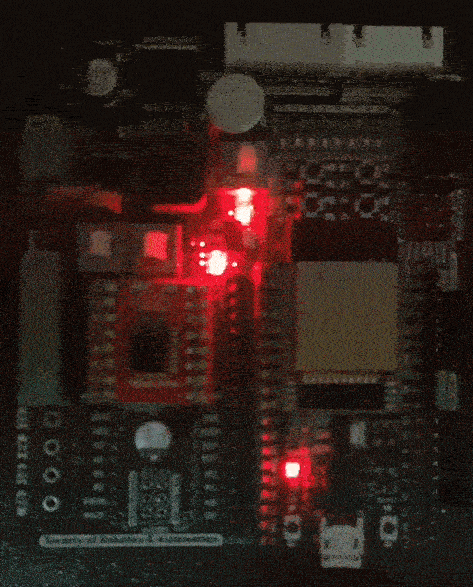Introduction to Soft Quad
-
Mentees:
Mainly Interested in Core Electronics.Wanting to learn and domains such as Embedded Systems,PCBs,etc.
Excited to learn and explore the field of robotics. Want to learn PCB designing, on both software and hardware. Interested domain of Electronics and want to enhance skills to make projects that can be utilized to solve real world problems.
Robotics, which encompasses mechanical design, robot and PCB fabrication, and embedded systems, intrigues me as an enthusiastic learner. Through the lens of this project, I’m eager to deepen my understanding of how hardware and software are integrated in Soft Robot.
-
Mentors:
Soft Quad
Introduction to Project
Our project focuses on developing a Quadruped Robot which is capable of overcoming obstacle using soft materials. By using advanced sensors, intelligent algorithms and working on mechanical and PCB design, we can enable the robot to achieve seamless collaboration and efficient navigation within the environment.
The key elements of this project are:
1. Mechanical design The mechanical design and fabrication aspect of the project involve creating a design which is durable, flexible and lightweight to enable efficient movement. This design ensures both agility and robustness, allowing the robot to traverse challenging terrains while maintaining stability and precision.
2. Embedded design In the core of the system, we use ESP32, a powerful microcontroller with built-in Wi-Fi and Bluetooth capabilities. It is programmed using the ESP-IDF (IoT Development Framework), which provides the tools and libraries necessary to develop applications for the microcontroller.
3. PCB design The PCB (Printed Circuit Board) design involves creating a custom circuit board that has various electronic components such as microcontrollers, motor drivers, sensors, communication modules, and power management units. The PCB design needs to consider factors such as compactness, efficient power distribution, noise mitigation, and ease of assembly.
4. Soft robotics Unlike traditional rigid robots, this project utilizes soft robotics principles to create a robot with a pliable and deformable structure. This inherent flexibility allows the robot to adapt its shape to various obstacles, enhancing its ability to traverse complex terrains.
Tasks done in week 1
- Understanding ESP IDF through flashing of codes like Led Blink, printing ‘Hello World’ and understand the working of PWM motors


- Learning about ESP 32 and its pin diagram, PWM motors and research papers on soft quad,why SOFT QUAD rather than a normal rigid material quad?
- Learnt about the components of SRA Development Board and their uses.
- Understanding PCBs and practising soldering on a PCB.
Challenges
- During the project we may face challenges such as:
- Due to their flexibility, soft robots are prone to wear, tear, and material fatigue. Therefore, assuring the robot’s long-term resilience and reliability would be difficult.
- It would be difficult to connect or fix the Flex PCB to the soft body without placing too much strain on the body and printed board.
- We might initially have trouble achieving accurate and controlled movement, therefore it would be helpful to practice on a hard robot first.
Expectations after the project
After finishing the project, we hope to gain more information about embedded systems, PCB design, mechanical design and fabrication, as well as have a better grasp of how to apply this knowledge to future projects.
 The Society of Robotics and Automation is a society for VJTI students. As the name suggests, we deal with Robotics, Machine Vision and Automation
The Society of Robotics and Automation is a society for VJTI students. As the name suggests, we deal with Robotics, Machine Vision and Automation